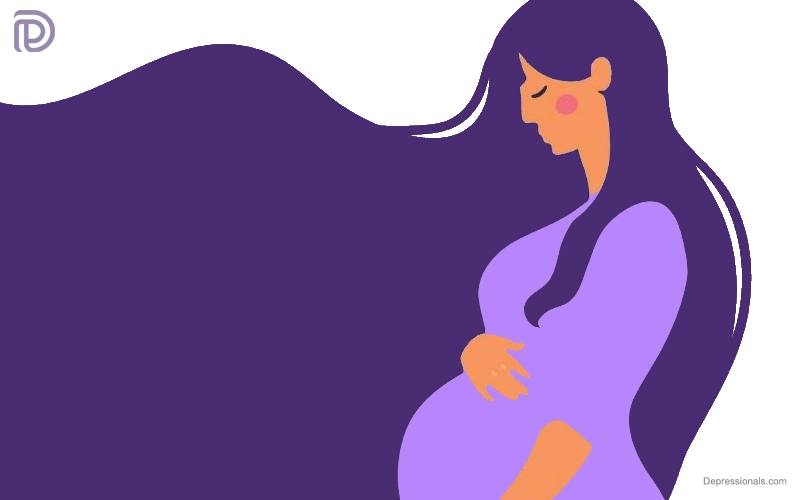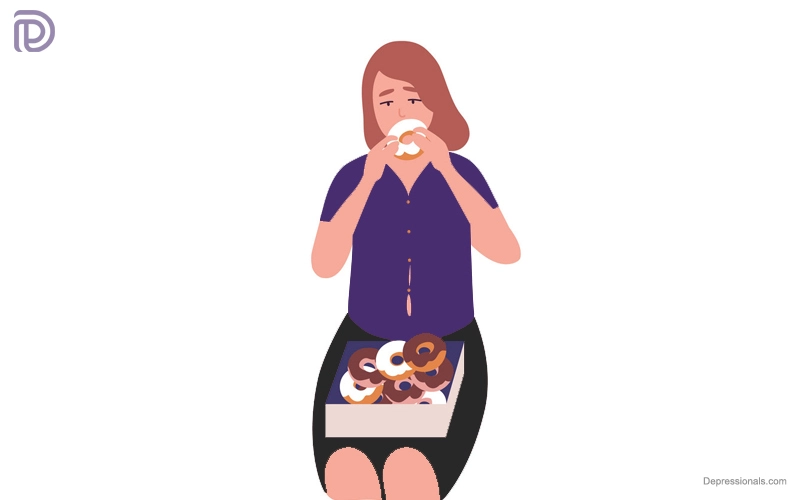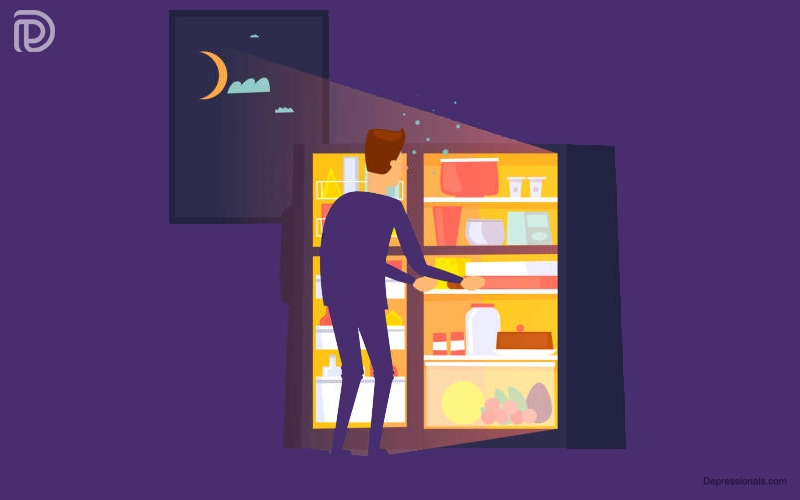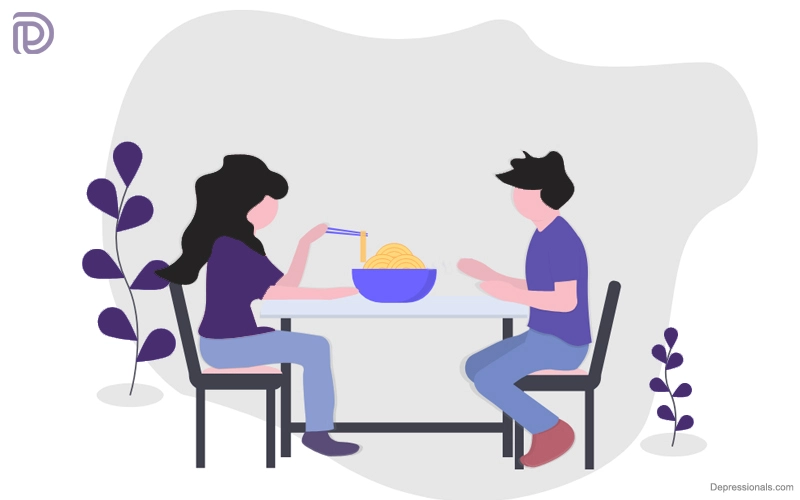Pica is the continuous eating of non-nutritive substances such as dirt or paint. Pica patients may eat substances that are reasonably safe, such as ice. Alternatively, they may eat highly unsafe things such as dried paint flakes or metal fragments.
The disorder can have catastrophic consequences in the latter situation, such as lead poisoning.
Children and pregnant women are the most vulnerable to this illness. It’s normally only for a short time. If you or your child can’t stop yourself from eating nonfood objects, see your doctor straight immediately. Treatment may be able to help you prevent major side effects.
Pica can also affect people with intellectual disabilities. It is frequently more severe and long-lasting in those with significant developmental difficulties.
How does this condition affect my body?
Pica is an eating disorder in which a person consumes things that are not food and have no nutritional value. It’s very difficult for people with this disease to control their own urges due to its compulsive nature.
It depends on what non-food item(s) a person eats whether pica will have a range of effects. Pregnant women are often seen eating things like ice during pregnancy, and it is harmless for them. There may be dangers or toxic items eaten by others as a result.
You can damage your teeth with pica if you eat the wrong kind of food. When you eat foods that aren’t toxic, it can also result in dangerous problems. The consumption of hair can cause blockages, tearing, and other problems in the digestive tract, such as trichophagia.
It is possible to contract geophagia from soil-borne parasites. The consumption of feces (poop) can also lead to harmful illnesses, especially pet feces which might contain parasites or other germs.
Mental health effects
Pica is often associated with feelings of embarrassment or shame in people with this condition. People with this condition are often afraid to tell their healthcare providers about their condition because of the stigma associated with it.
Pica in pregnancy
There is a form of pica that occurs among pregnant women and may be caused by cravings for nutrients (such as minerals found in dirt). It is possible to develop pica cravings due to iron or zinc deficiency. The eating of earthy substances like clay is another type of pica associated with nutrient cravings.
Related: Pica in Pregnancy
Pica Disorder and Autism
There is a higher incidence of pica disorders among those with autism, intellectual disabilities, and mental health diagnoses. Researchers studied 1,426 children who lived with an autism spectrum disorder (ASD) and 1,735 who lived with a developmental disability (DD).5 The ASD group showed a pica disorder rate of 23.2%, while the DD group showed a pica disorder rate of 8.4% and the GP group showed a pica disorder rate of 3.5%.
Pica symptoms
Pica patients consume nonfood things on a regular basis. It is described as a form of behavior that lasts at least one month.
If you have pica, you can eat a variety of foods on a daily basis, including:
- Ice
- Soap
- Buttons
- Clay
- Hair
- Dirt
- Sand
- The stub of a cigarette that hasn’t been used
- Cigarette ashes
- Paint
- Glue
- Chalk
- Feces
You can also consume non-food things.
Read: Stimulant Use Disorder
What causes pica?
Pica mental disorder can be caused by a variety of factors. It is sometimes linked to a nutritional deficit, such as zinc, iron or another nutrient. For example, pica in pregnant women might be caused by anemia, which is generally caused by an iron shortage.
Your odd desires might be a sign that your body is attempting to replace nutritional levels that have been depleted.
Pica can develop as a coping technique in people with mental disorders including schizophrenia and obsessive-compulsive disorder (OCD).
Some people may even want the textures or tastes of nonfood things. Eating clay is a common practice in several cultures. Geophagia is the name for this type of pica.
It may be caused by both dieting and malnutrition. Nonfood items might help you feel full in certain situations.
Diagnoses
Pica does not have a test. Your doctor will make a diagnosis based on your medical history and a number of other factors.
You should tell your doctor about any non-food substances you’ve consumed. This will help in the creation of a precise diagnosis.
If you don’t tell them what you’ve been eating, it may be difficult for them to identify if you have pica. Children and persons with intellectual impairments are in the same condition.
Your doctor may do a blood test to check whether you have low zinc or iron levels. This might assist your doctor figure out if you have a nutritional shortage, such as iron deficiency. It can sometimes be linked to nutrient deficits.
Read: 15 Simple Tips to Stop Binge Eating
Reasons to not diagnose pica
Although pica is extremely common, it is also disqualifying to diagnose for quite a few reasons. Some of these include:
- Social or cultural practices. The true definition of pica is a compulsive behavior that cannot be controlled. It is possible for people with pica behaviors because of cultural or social reasons to control the actions they take.
- Nutritional deficiencies. Non-food items are often consumed by people with low iron or calcium levels. Some cultures accept pica behavior because of this. There are certain places in the world where people consume clay or soil as a means of compensating for a lack of iron, calcium, or other vitamins and minerals.
- Other medical conditions or mental health issues. Medical and mental health conditions do not meet the criteria for diagnosing pica. When it causes health problems or needs specific care, only then should it be diagnosed.
What are the complications?
Consumption of certain nonfood things might occasionally result in the development of other severe illnesses. The following are examples of these conditions:
- Poisoning, which including lead poisoning
- Parasitic infections
- Intestinal blockages
- Choking
Pica treatment
Your doctor will most likely start by treating any nonfood-related problems you’ve developed. For example, chelation treatment may be recommended if you have serious lead poisoning from consuming paint chips.
A medicine that binds to lead will be administered to you during this treatment. You’ll be able to eliminate the lead through your urine as a result of this.
Your doctor may give intravenous chelation medicines for lead poisoning, such as ethylenediaminetetraacetic acid, or you can take this medication by mouth (EDTA).
If your doctor suspects that nutrient deficiencies are the cause of your pica, he or she may recommend vitamin or mineral supplements. If you’ve been diagnosed with iron deficiency anemia, they’ll tell you to take iron supplements on a daily basis.
A psychological assessment may be ordered by your doctor to establish if you have OCD or another mental health issue. They may recommend medication, treatment or both, depending on your condition.
Medications to treat patients with pica haven’t been the focus of study until lately. In certain circumstances, according to research published in the Journal of Applied Behavior Analysis in 2000, a basic multivitamin pill might be an effective therapy.
Medications for behavioral issues may assist lessen or eliminate a person’s urge to eat nonnutritive products if they have an intellectual impairment or mental health condition.
Read: How to Stop Late Night Eating
Complications/side effects of the treatment
Treatments for pica are rarely associated with complications. If medications are used as part of the treatment, their side effects are completely dependent on the medications themselves. If you’re concerned about side effects, what should be watched for, and how to minimize them, you should talk with your healthcare provider.
Coping with pica
Families can have a difficult time coping with a child’s pica disorder. Locate local professionals who are experienced in treating compulsive behavior conditions like pica by reaching out to them.
While dealing with specific issues, parents can empower themselves via a variety of strategies that reduce stress and help them build positive coping skills.
ASD parents might be interested in the following examples:
- A child should be prevented from putting an object into their mouth by blocking or covering their hand with yours. Some kids benefit from this strategy when it comes to reducing it.
- Children can have a choice other than eating nonfood items by snacking frequently, and regularly (e.g., every 30 or 60 minutes).
- When children refrain from pica behaviors, they can receive rewards like stickers. Parents can change their children’s unwanted behavior by using positive reinforcement.
What is the prognosis for pica sufferers?
It usually goes away on its own in youngsters and pregnant women after a few months. If your pica is caused by a nutritional deficit, addressing it should help you feel better.
The disorder isn’t usually an easy thing to get rid of. It can continue for years in persons with intellectual impairments, especially. Your doctor will explain the prognosis for your particular situation as well as what you can do to assist manage it.






Hi! I just wanted to ask if you ever have any trouble with hackers? My last blog (wordpress) was hacked and I ended up losing many months of hard work due to no data backup. Do you have any methods to stop hackers?
You are my intake, I have few web logs and sometimes run out from to brand.